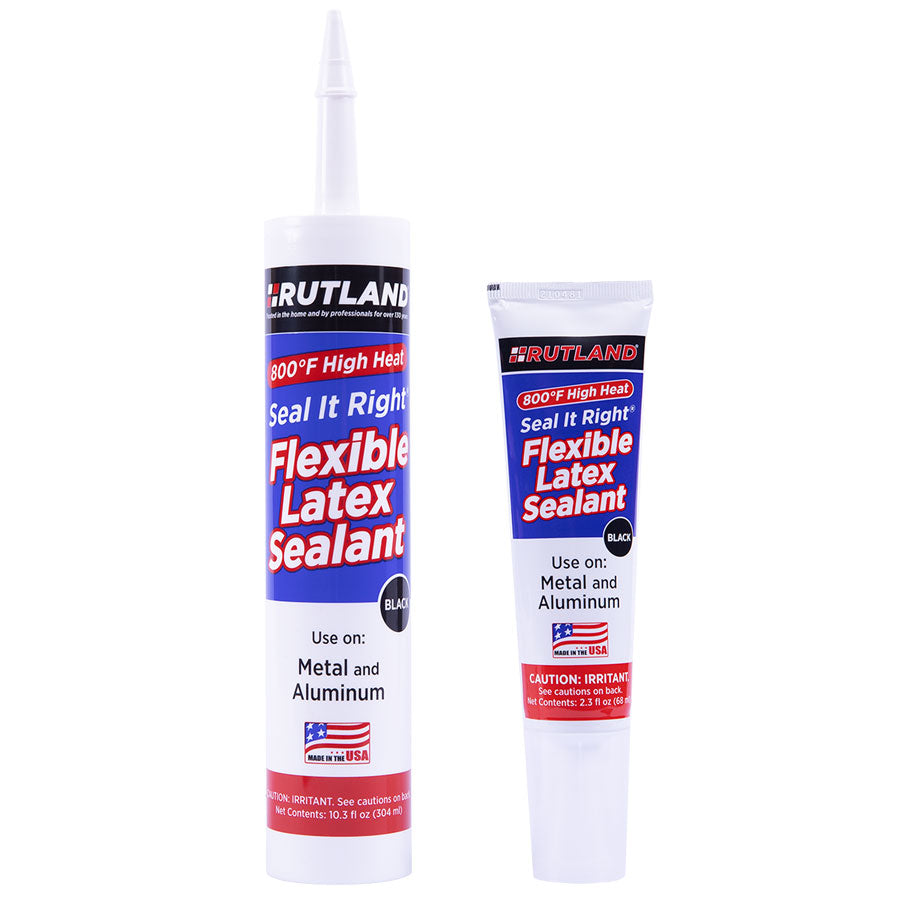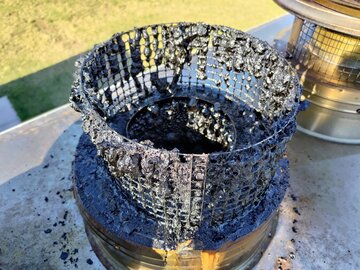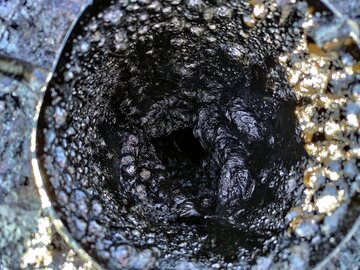Hello:
Today we fired up a new stove for the first time, with a new chimney install. We have the BK Ashford 30, so the stove pipe coming up and to the thimble is the standard 6 inch single wall black pipe. We have the outside air kit installed as well to ensure no flow issues. Today I noticed that if the wind picked up outside, there was a whistling noise in one of the joints of the 6" pipe in one of the elbows. When the wind stopped, the noise stopped. The draft is good as nothing comes in to the room, so it appears to be pulling air in as intended. I was just wondering is there a product I could use to seal the noisy seam? I can pretty much pinpoint exactly where it is coming from which seems to be one of the seams of the elbow, and I suspect it is a super tiny gap just enough to make the noise. I know they make hi temp silicone caulk but it seems to be good only up to 500 degrees. I was hoping for some sort of caulk but so far I don't see anything that seems to be for this type of issue.
Thank you!
Today we fired up a new stove for the first time, with a new chimney install. We have the BK Ashford 30, so the stove pipe coming up and to the thimble is the standard 6 inch single wall black pipe. We have the outside air kit installed as well to ensure no flow issues. Today I noticed that if the wind picked up outside, there was a whistling noise in one of the joints of the 6" pipe in one of the elbows. When the wind stopped, the noise stopped. The draft is good as nothing comes in to the room, so it appears to be pulling air in as intended. I was just wondering is there a product I could use to seal the noisy seam? I can pretty much pinpoint exactly where it is coming from which seems to be one of the seams of the elbow, and I suspect it is a super tiny gap just enough to make the noise. I know they make hi temp silicone caulk but it seems to be good only up to 500 degrees. I was hoping for some sort of caulk but so far I don't see anything that seems to be for this type of issue.
Thank you!




